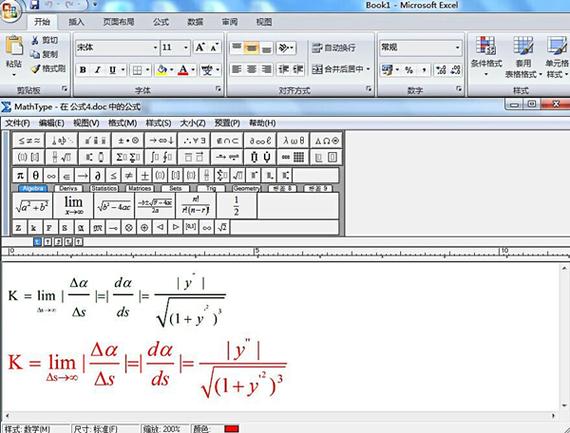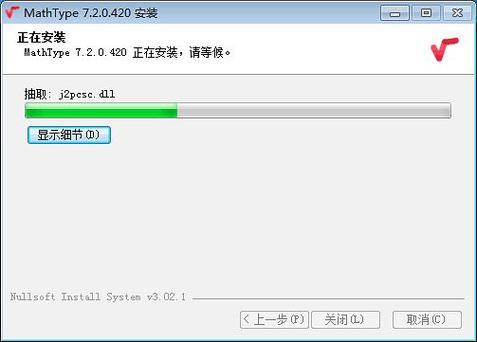
Understanding the Power of Mathematics: A Personal Journey
Mathematics is a language that transcends time and culture, offering a unique way to understand the world around us. As you delve into the depths of this fascinating subject, you’ll discover a multitude of tools and techniques that can help you solve complex problems and gain a deeper insight into the world of numbers and shapes.
Numbers and Shapes: The Foundation of Mathematics
At the heart of mathematics lies the study of numbers and shapes. Numbers are the building blocks of mathematics, and they allow us to quantify and measure the world around us. Shapes, on the other hand, provide a visual representation of the relationships between numbers and help us understand the geometry of space.

One of the most fundamental concepts in mathematics is the number line, which represents all real numbers. The number line is a one-dimensional line that extends infinitely in both directions, with zero at the center. Positive numbers are to the right of zero, and negative numbers are to the left. This simple yet powerful tool allows us to perform arithmetic operations, such as addition, subtraction, multiplication, and division, on real numbers.
Geometry: The Study of Shapes
Geometry is the branch of mathematics that deals with the properties and relationships of points, lines, surfaces, and solids. It is a subject that has fascinated mathematicians for centuries, and it has applications in various fields, such as architecture, engineering, and physics.
One of the most important concepts in geometry is the Pythagorean theorem, which states that in a right-angled triangle, the square of the length of the hypotenuse (the side opposite the right angle) is equal to the sum of the squares of the lengths of the other two sides. This theorem has numerous applications, from calculating distances to determining the area of a triangle.
Algebra: The Language of Mathematics
Algebra is the branch of mathematics that uses symbols and letters to represent numbers and quantities. It is a powerful tool that allows us to solve equations, find unknown values, and analyze relationships between variables.

One of the most fundamental concepts in algebra is the equation. An equation is a statement that two expressions are equal. For example, the equation x + 3 = 7 states that the sum of x and 3 is equal to 7. By solving this equation, we can find the value of x, which in this case is 4.
Calculus: The Study of Change
Calculus is the branch of mathematics that deals with rates of change and accumulation. It is a subject that has applications in various fields, such as physics, engineering, and economics.
One of the most important concepts in calculus is the derivative, which represents the rate of change of a function with respect to a variable. The derivative can be used to find the slope of a curve, the velocity of an object, and the rate of change of a population.
Probability and Statistics: The Science of Uncertainty
Probability and statistics are the branches of mathematics that deal with the collection, analysis, interpretation, and presentation of data. They are essential tools for making informed decisions and predictions in various fields, such as finance, medicine, and social sciences.
One of the most important concepts in probability is the probability distribution, which represents the likelihood of different outcomes in a random experiment. The normal distribution, also known as the bell curve, is a common probability distribution that is used to model various phenomena, such as heights and test scores.
Mathematical Tools and Techniques
Throughout the history of mathematics, mathematicians have developed a wide range of tools and techniques to solve problems and gain insights into the world of numbers and shapes. Some of the most important tools include:





